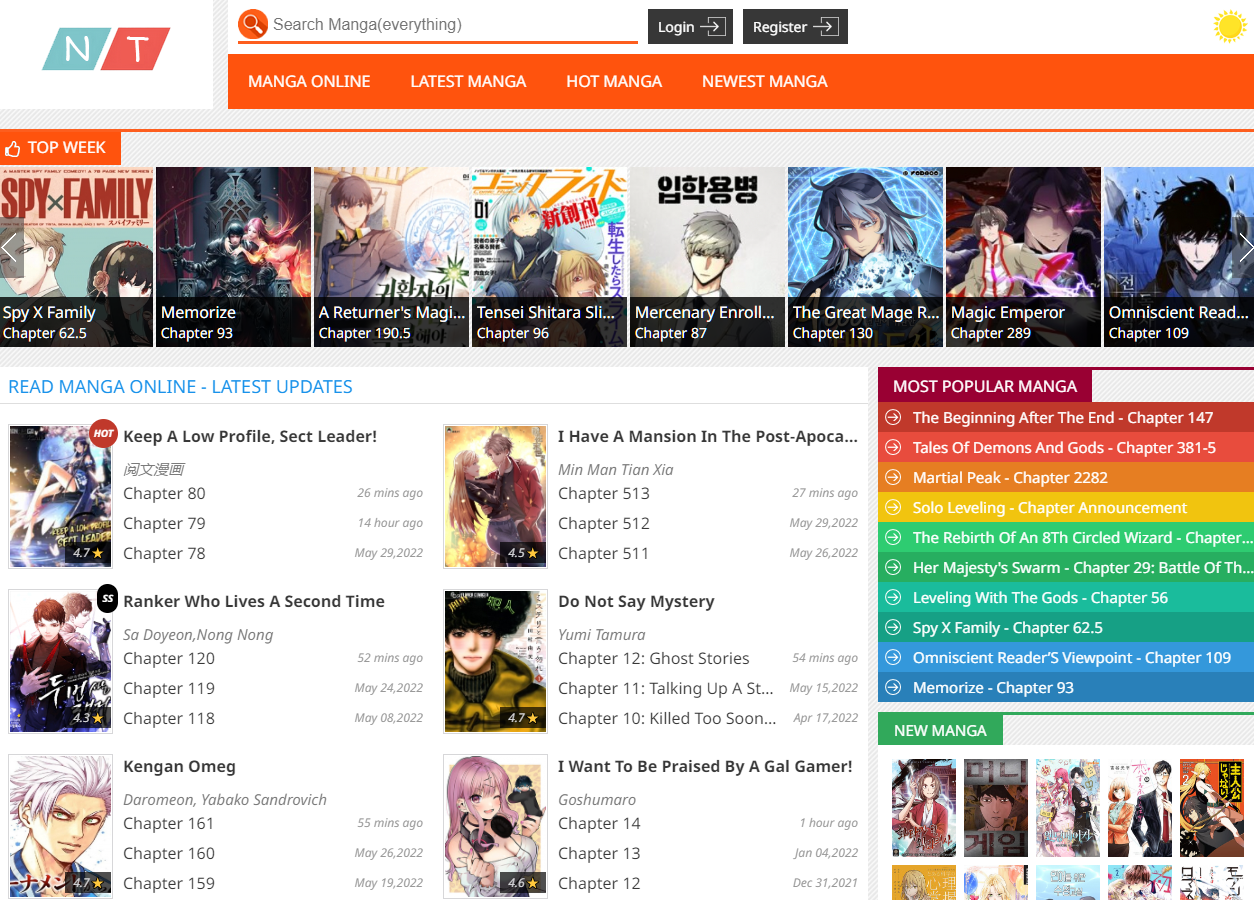🌟 Dịch Vụ Chất Lượng Cao 🌟
✓ 301 Redirect: Chuyển hướng domain an toàn, giữ nguyên giá trị SEO
✓ Guest Post: Đăng bài chất lượng trên các website uy tín
✓ Hỗ trợ tư vấn 24/7
✓ Báo giá cạnh tranh
✓ Thời gian xử lý nhanh chóng
📱 Liên hệ ngay qua Telegram: @subdomaingov
⚡ Hỗ trợ tư vấn miễn phí
manga 18
₫2.918.851
manga 18 © Manga: A Story That’s Redefining Romance Manga
Product description
Exploring the Intricacies of Manga Summary Shamo - A Profound Dive into Life Behind Bars
Manga summary Shamo offers a compelling glimpse into the life of a troubled young man navigating the harsh realities of incarceration. This narrative intricately weaves themes of redemption, violence, and personal growth, revealing the complexities of human nature in seemingly insurmountable circumstances. Join us as we delve deeper into the world of Shamo, exploring its characters, themes, and cultural significance.
The Premise of Shamo
In this section, we will unpack the foundational elements of Shamo’s story, focusing on its plot, setting, and character dynamics, which together create a rich tapestry of psychological and emotional depth.
Understanding the Narrative Structure
Shamo begins with our protagonist, the young and troubled Narumi, who is incarcerated for committing a heinous crime—murder. The manga dives deep into the psychological turmoil that surrounds Narumi's past and present choices. From the onset, it doesn't shy away from displaying the brutal reality of prison life, laying bare the emotional scars that come from both violence and victimhood.
The narrative structure effectively oscillates between flashbacks of Narumi's earlier life and his current struggles within the prison walls. This dual perspective not only adds richness to the storyline but also invites readers to empathize with the character's plight. Through Narumi’s experiences, readers gain insights into the myriad factors that lead someone down a path of despair and violence.
The Role of Setting
The oppressive atmosphere of the prison serves as more than just a backdrop for Narumi’s transformation; it becomes a character in itself. The claustrophobic confines, the constant threat of violence, and the dehumanizing conditions contribute to an environment where morality becomes blurred. The setting amplifies Narumi's internal conflict, forcing him to confront not only the consequences of his actions but also the darker aspects of human nature.
The vivid descriptions of the prison environment enhance the reader’s immersion into Narumi's psyche. They explore how isolation can lead to self-discovery, but often through painful realizations. The constraints of his surroundings challenge Narumi’s identity and moral compass, making the setting a critical component of the story.
Character Dynamics and Development
Narumi’s journey is intertwined with a cast of diverse characters, each embodying different philosophies and coping mechanisms within the prison system. These relationships are pivotal in shaping Narumi’s transformation throughout the series.
The friendships formed behind bars provide a dichotomy of loyalty and betrayal. Key figures like Kuroda and other inmates serve as both mentors and adversaries, pushing Narumi further into a spiral of self-reflection and moral ambiguity. Each character mirrors facets of Narumi’s psyche, allowing for a dynamic exploration of themes such as redemption, vengeance, and humanity amidst chaos.
As the story unfolds, we witness Narumi’s evolution from a cold-blooded killer to a person grappling with the weight of his decisions. His interactions with fellow inmates challenge him to reckon with his past and consider a future beyond mere survival. This character development resonates deeply, highlighting the universal themes of forgiveness and the quest for meaning in the face of adversity.
Themes of Redemption and Transformation
Redemption surfaces as a central theme in Shamo, intricately woven into the fabric of Narumi's experiences. This segment examines how the concept of redemption manifests through character arcs and narrative progression.
The Quest for Forgiveness
At its core, Shamo presents a powerful inquiry into whether true forgiveness is attainable. As Narumi reflects on his past transgressions, the burden of guilt looms large over him. Readers are invited to grapple with their perceptions of justice and mercy, especially as Narumi encounters victims’ families and confronts the ramifications of his actions.
The manga does not shy away from portraying the harsh realities that accompany the search for forgiveness. The external struggles faced by Narumi mirror his internal battles, creating an intricate web of conflict that underscores the complexity of human emotions. Characters like Kuroda, who represents a more forgiving approach, introduce contrasting perspectives on redemption, adding layers to the narrative.
Transformation Through Adversity
Transformation in Shamo is marked by pain and struggle, showcasing how adverse experiences can lead to profound personal growth. Narumi's time in prison forces him to confront not only the repercussions of his violent past but also his own vulnerabilities.
Through moments of reflection and confrontation with fellow inmates, Narumi learns to develop empathy, understanding, and resilience. This journey illustrates that transformation is not merely about changing one’s circumstances but requires a fundamental shift in mindset and values.
The narrative beautifully encapsulates this evolution by portraying Narumi’s gradual acceptance of responsibility for his actions. His story serves as a testament to the idea that redemption is possible, even for those who have strayed far from the path of righteousness.
The Moral Dilemmas Faced by Inmates
Shamo delves into the moral dilemmas experienced by its characters, particularly the impact of incarceration on one's sense of right and wrong. The prison environment brings forth ethical questions regarding loyalty, survival, and retribution.
Characters often find themselves at crossroads, forced to make decisions that reflect their values or survival instincts. These dilemmas compel readers to assess their own beliefs about morality and justice, prompting reflections on the gray areas of ethical behavior.
By challenging conventional wisdom regarding good and evil, Shamo opens the door to discussions on broader societal issues, including systemic injustices and the concept of rehabilitation versus punishment. The complexities presented push readers to reconsider their preconceived notions about crime and its consequences.
Cultural Significance of Shamo in the Manga Sphere
Shamo stands out not only for its intense storytelling but also for its commentary on societal issues. This section explores how the manga engages with cultural themes and what its implications are for readers.
Reflecting Japanese Society
Shamo provides a lens through which readers can examine aspects of Japanese society, including issues of youth delinquency, societal expectations, and the criminal justice system. The depiction of Narumi’s life before incarceration sheds light on the pressures faced by adolescents in contemporary Japan, where conformity often reigns supreme.
Through Narumi’s journey, the manga critiques how society stigmatizes individuals who fall from grace, illustrating the challenges of reintegration after incarceration. This reflection prompts discussions about the responsibilities of society in providing support and understanding rather than condemnation.
The Impact of Violence in Media
Another important facet of Shamo is its unflinching portrayal of violence, which serves as a critique of both individual actions and the broader societal context. The graphic depictions of brutality raise crucial questions about desensitization to violence in media and its effects on audiences.
While some may argue that the portrayal of violence glorifies aggression, Shamo takes a more nuanced approach, using violence as a backdrop to highlight the consequences of such actions. By doing so, it encourages readers to engage critically with the portrayal of violence and its implications for real-life behavior.
Gender Perspectives within Shamo
Though primarily focused on male characters, Shamo does touch upon gender dynamics within the prison system. The limited representation of female characters raises interesting questions about their roles in narratives centered around male aggression and redemption.
The presence of women, though few, plays into themes of victimhood and agency, prompting considerations of how female narratives intersect with the experiences of male protagonists. There exists an opportunity for deeper exploration of gender roles in future adaptations or works inspired by Shamo, which would enrich the overall discourse surrounding these themes.
FAQs
What is Shamo about?
Shamo follows the story of Narumi, a young man serving time in prison for murder. The manga explores his internal struggles, relationships with fellow inmates, and the pursuit of redemption amidst the harsh realities of incarceration.
Who are the main characters in Shamo?
The primary character in Shamo is Narumi, along with significant figures like Kuroda, who serve as mentors and adversaries throughout the story. Each character contributes to Narumi's development and understanding of morality within the prison environment.
What themes are explored in Shamo?
Shamo delves into themes of redemption, transformation, moral dilemmas, and the societal implications of crime and punishment. It challenges readers to reflect on their beliefs regarding justice and the potential for change.
How does Shamo reflect Japanese culture?
Shamo provides insight into the pressures faced by Japanese youth, societal attitudes toward delinquency, and critiques the criminal justice system. It prompts discussions about stigma and the role of society in supporting individuals post-incarceration.
What makes Shamo unique compared to other mangas?
Shamo distinguishes itself through its raw and realistic portrayal of prison life, psychological depth, and complex character dynamics. The manga offers a compelling narrative that encourages readers to reflect critically on violence, redemption, and morality.
Conclusion
In conclusion, Manga summary Shamo emerges as a captivating narrative that transcends typical genre boundaries, offering profound insights into human behavior, societal structures, and the quest for redemption. Through the lens of Narumi’s harrowing journey, readers are urged to confront uncomfortable truths about violence, morality, and the possibilities for transformation. By weaving together intricate character arcs and poignant themes, Shamo captivates and challenges its audience, solidifying its place as a notable work within the manga landscape.
Whether you approach Shamo as a thrilling tale of survival or a profound exploration of the human condition, its impact resonates long after the last page is turned.
Read Full: manganelo







